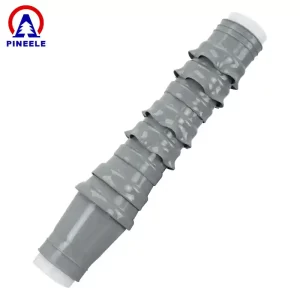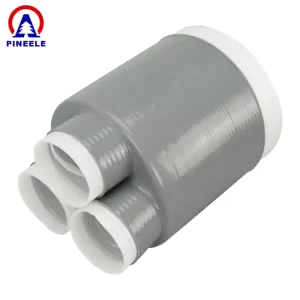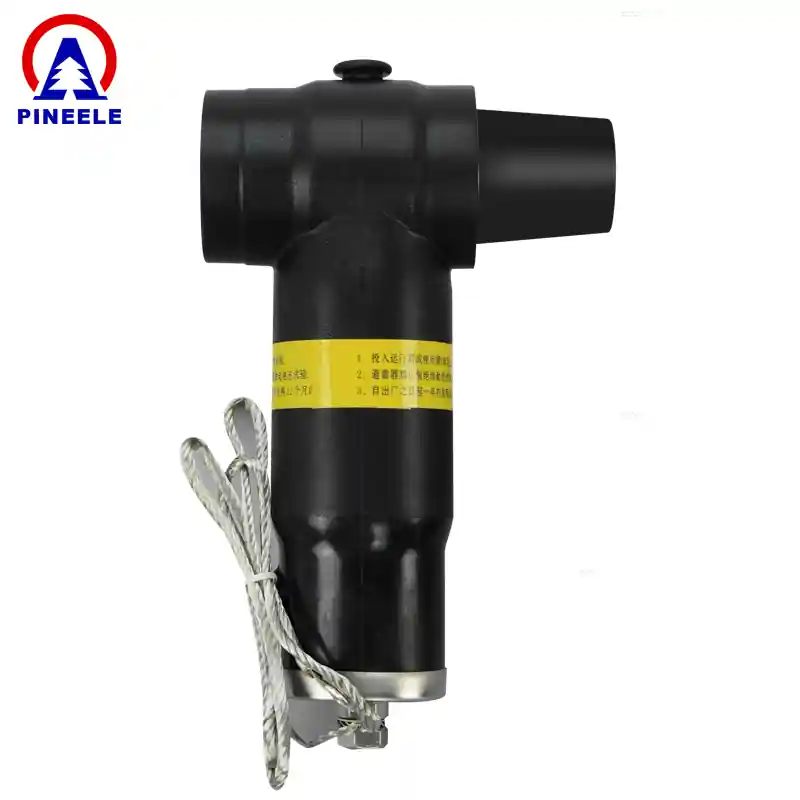
Úvod
ASeparable Cable Connectoris a specialized device used to connect medium-voltage (MV) power cables to switchgear, transformers, or other electrical equipment. As the name suggests, it offers a detachable (plug-and-play) interface that allows cables to be safely connected or disconnected without exposing live conductors. Separable connectors play a vital role in underground and compact electrical networks where flexibility, safety, and maintenance accessibility are essential.
What Is a Separable Cable Connector?
Separable connectors are elbow- or straight-shaped insulated terminations designed forloadbreakordeadbreakapplications. They are typically manufactured from EPDM or silicone rubber and are tested to withstand high voltages (e.g., 12kV, 24kV, 36kV). These connectors enable rapid connection to bushings, T-joints, and equipment enclosures with minimum downtime.
Applications
- Ring Main Units (RMUs)
- Pad-mounted and compact substations
- Medium-voltage transformers (indoor and outdoor)
- Underground cable networks
- Renewable energy systems (wind/solar farms)
They are ideal for both urban grid systems and remote installations requiring compact layouts and quick disconnection options.
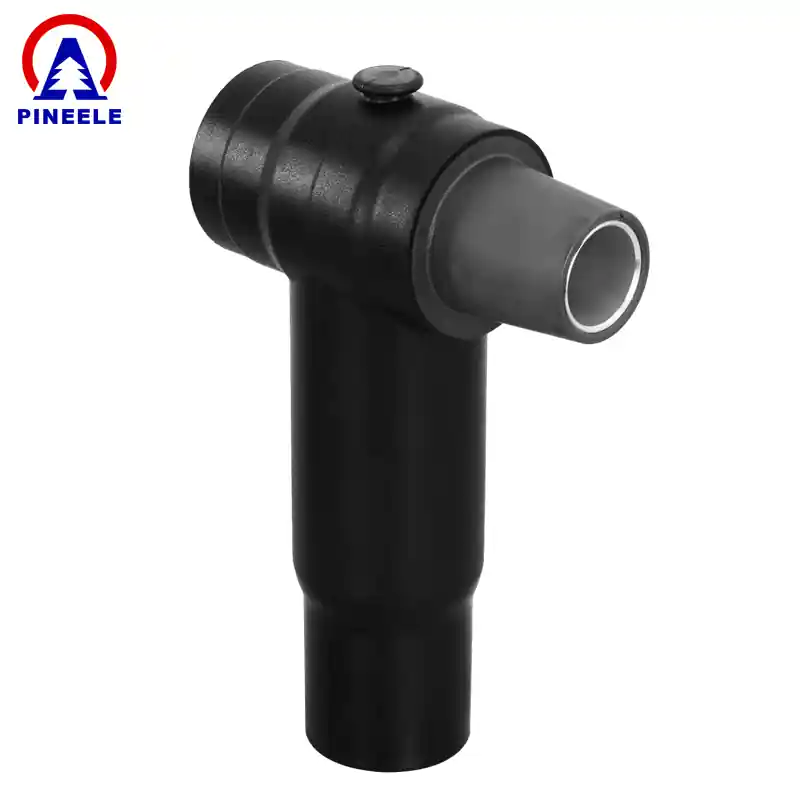
Industry Insights
With the global shift toward smart and underground distribution systems, the use of separable connectors has surged. According toIEEE Xplore, separable connections significantly reduce system downtime and minimize the need for specialized tools during maintenance. Utility companies and OEMs likeABB,TE Connectivity, andSchneider Electrichave adopted separable connector systems in modular grid designs, citing enhanced safety and reusability.
Technical Specifications (Example)
- Rated Voltage:12kV, 24kV, 36kV
- Current Rating:250A, 630A, up to 1250A
- Connector Type:Loadbreak / Deadbreak
- Insulation:EPDM or silicone rubber
- Test Standards:IEC 60502-4, IEEE 386, EN 50180/50181
- Interface Types:Type A, B, C, D bushings
- Protection Level:IP67 (waterproof and dustproof)
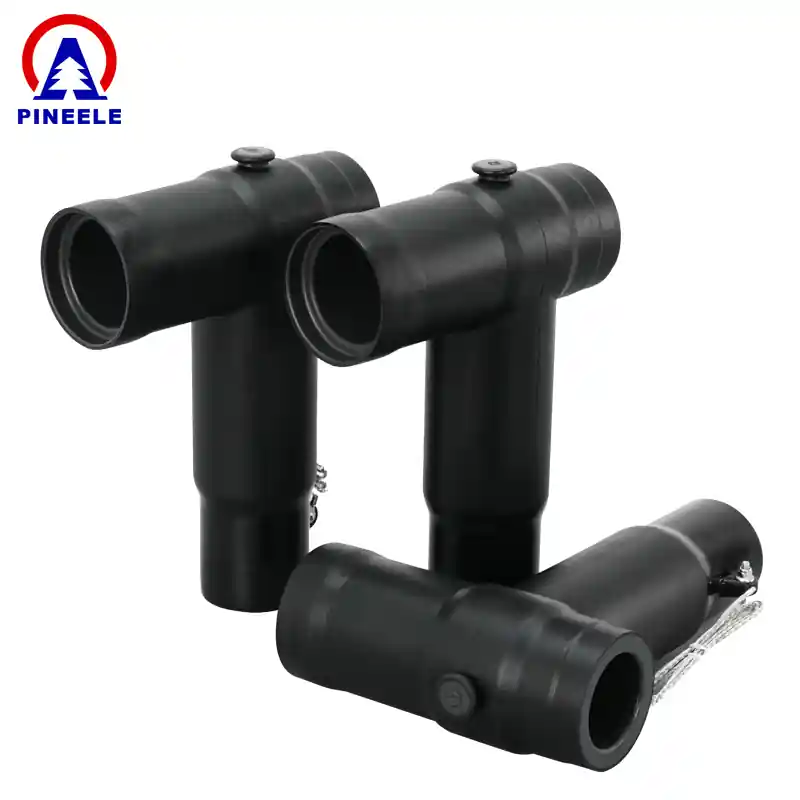
Advantages Over Traditional Cable Terminations
- Plug-and-play convenience:Enables fast installation and reconfiguration
- Enhanced safety:Fully insulated and touch-proof
- Reduced footprint:Ideal for compact substations and switchgear
- Minimal maintenance:Resistant to moisture, UV, and chemical exposure
- Interoperable:Compatible with IEC/IEEE-standard bushings
Selection & Installation Guidance
To select the correct separable cable connector:
- Identify voltage and current ratings
- Specify insulation type (XLPE/EPR)
- Determine conductor size (e.g., 25–400 mm²)
- Confirm interface type (bushing classification)
- Indicate installation environment (indoor/outdoor, wet/dry)
Proper cable preparation and torque-controlled installation tools are essential for optimal performance. Many manufacturers offer training and field support.
Compliance & Certification
- IEC 60502-4: Cable accessories for rated voltages up to 36kV
- IEEE 386: Estándar para sistemas de conector aislados separables
- EN 50180/50181: Bushings interface dimensions
- Ampliamente aceptado porTEJIDO,Comedia,Siemensy otros fabricantes globales
Preguntas frecuentes
A:Los conectores de carga de carga se pueden desconectar de manera segura bajo carga viva, mientras que los conectores de Deadbreak deben desenergizarse antes de la separación.
A:Sí, están diseñados para múltiples ciclos de apareamiento, siempre que no estén dañados y se sigan las pautas de reinstalación.
A:Absolutamente.
Conectores de cable separablesOfrezca un método flexible, seguro y eficiente para administrar terminaciones de cable de voltaje medio en entornos interiores y exteriores.
